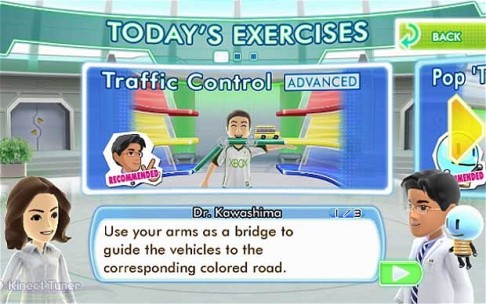Identifying each of the concepts of Communities of Practice, Connectivism, and Personal Learning Networks, and then finding how they are different but connected was a great way for me to gain a deeper understanding of each.
Community of Practice
The idea behind Community of Practice to me is working together with other in a unified professional way to accomplish the same goal. It’s bringing similar training, experience, and practice together with others to achieve success. Jeffrey W. Bloom states, “as one enters the community, you move from peripheral participation (i.e., engaging in conversations with those in the community and observing how they act and talk) to full participation (Bloom, 2003). This is the goal of COP, to go from conversation to participation.
Connectivism
To me Connectivism is using the knowledge from work experience and personal learning experiences to connect in a way that gains further understanding. The whole idea is using your knowledge and connecting it to the knowledge of others. One thing that is interesting about Connectivism and technology is how technology has changed the way we gain knowledge. “Learning (defined as actionable knowledge) can reside outside of ourselves (within an organization or a database)” (Siemens, 2004). With technology we are able to take learning to a whole new level because we can reach further into databases of knowledge.
Personal Learning Network
PLN is personally learning by connecting with others. To me the idea is that PLNs organize a team of knowledge seekers that are looking for the same type of information. By teaming up and combining experiences, understanding is greatly enhanced. For example, in a blog post from The Educator’s PLN, Blanca Flor Dominguez stated, “one way to help future educators to be more involved is through joining clubs in college” (Domingo, 2014). The idea of learning together can be exciting and effective. With technology tools that we have today like Facebook or Twitter, getting connected is easier.
Put it all together
How does COP, Connectivism, and PLN all relate to eachother? One very common theme in each of them is getting connected. Connected to other professionals, connected to experience and knowledge, and connected on common goals for knowledge. The key to making each of them work is found today in Social Networking tools and application.
Resources
Bloom, J. W. Communities of Practice: Entering the Professional Teaching Community. . Retrieved , from http://elsci.coe.nau.edu/docs/communitiesofpractice.doc
Domingo, B. F. (2014, May 21). Having Future Students Involved. – The Educator’s PLN. Retrieved June 24, 2014, from http://edupln.ning.com/profiles/blogs/having-future-students-involved
George, S. (2005, April 5). Connectivism: A Learning Theory for the Digital Age. . Retrieved June 24, 2014, from http://www.ingedewaard.net/papers/connectivism/2005_siemens_ALearningTheoryForTheDigitalAge.pdf
Please see and comment on my Voicethread that shows my visual representations of each.


